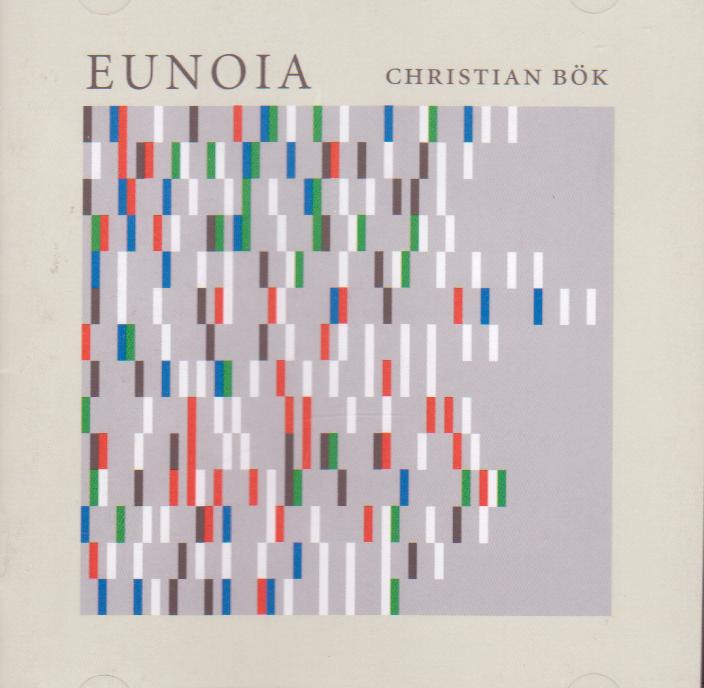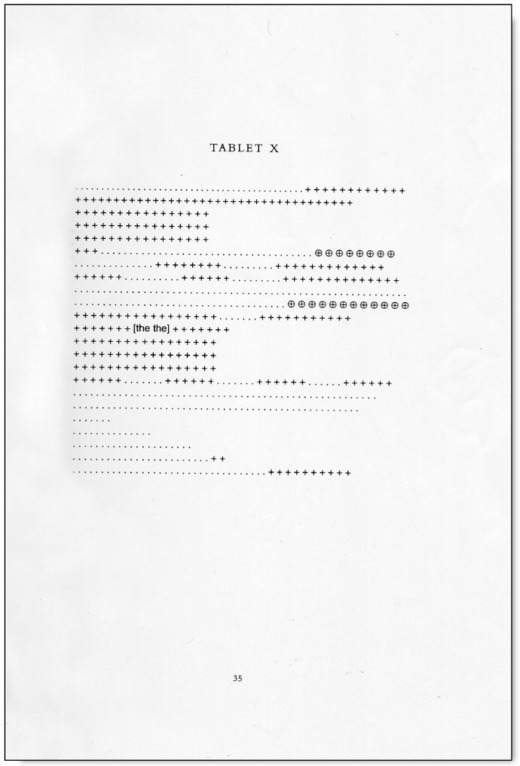This from erikkwakkel:
Norwich pattern books
These happy-looking books from the 18th century contain records. Not your regular historical records – who had died or was born, or how much was spent on bread and beer – but a record of cloth patterns available for purchase by customers. They survive from cloth producers in Norwich, England, and they are truly one of a kind: a showcase of cloth slips with handwritten numbers next to them for easy reference. The two lower images are from a pattern book of the Norwich cloth manufacturer John Kelly, who had such copies shipped to overseas customers in the 1760s. Hundreds of these beautiful objects must have circulated in 18th-century Europe, but they were almost all destroyed. The ones that do survive paint a colourful picture of a trade that made John and his colleagues very rich.
Pics: the top two images are from an 18th-century Norwich pattern book shown here; the lower ones are from a copy kept in the Victoria & Albert Museum in London (item 67-1885), more here.
Love this. The swatches put me in mind of the colour stripes on resistors that tell you just how much resistance they put up in ohms.
Too, the cover of Christian Bök’s Eunoia, a sound-to-hue translation of Rimbaud’s “Voyelles.” Here’s the image.

Here’s the poem it translates.
A noir, E blanc, I rouge, U vert, O bleu: voyelles,
Je dirai quelque jour vos naissances latentes:
A, noir corset velu des mouches éclatantes
Qui bombinent autour des puanteurs cruelles,
Golfes d’ombre ; E, candeur des vapeurs et des tentes,
Lances des glaciers fiers, rois blancs, frissons d’ombelles;
I, pourpres, sang craché, rire des lèvres belles
Dans la colère ou les ivresses pénitentes;
U, cycles, vibrements divins des mers virides,
Paix des pâtis semés d’animaux, paix des rides
Que l’alchimie imprime aux grands fronts studieux;
O, suprême Clairon plein des strideurs étranges,
Silence traversés des Mondes et des Anges:
— O l’Oméga, rayon violet de Ses Yeux!
Bök translates each vowel in the poem according to the equivalences laid out in the first line. Consonants make the grey field. He calls perversely the sum of it “Of Yellow.”








